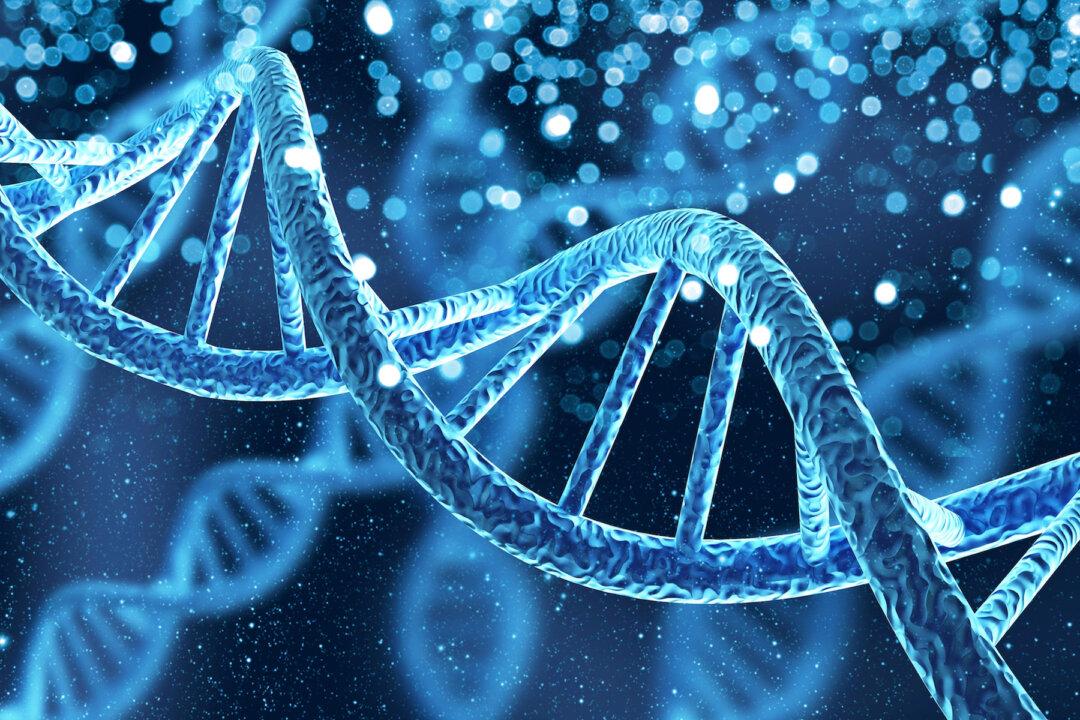Originally published on IndependentScienceNews.org.
The Rockefeller Foundation had two strategies for management that were distinct but complementary: to control human behaviour at the level of social structures: family, work and emotions, which the Foundation referred to by names such as “psychobiology”; and to control human behaviour at the level of molecules.
Jonathan Latham is co-founder and Executive Director of the Bioscience Resource Project and also Editor of the Independent Science News website. Dr. Latham holds a Masters degree in Crop Genetics and a PhD in Virology.
Related Topics




